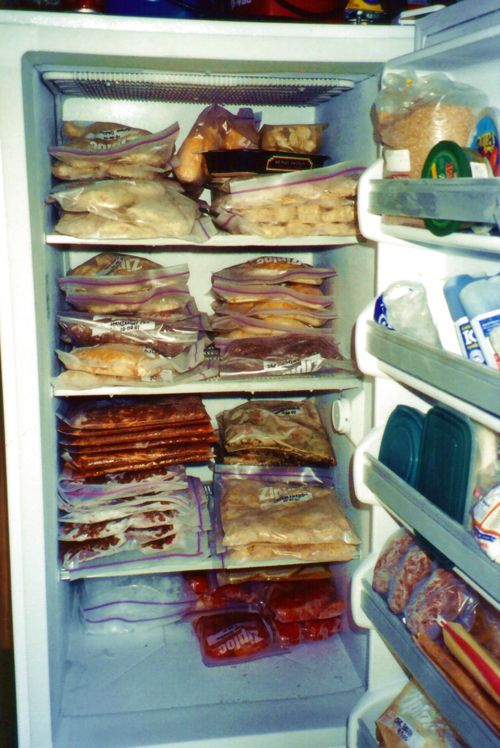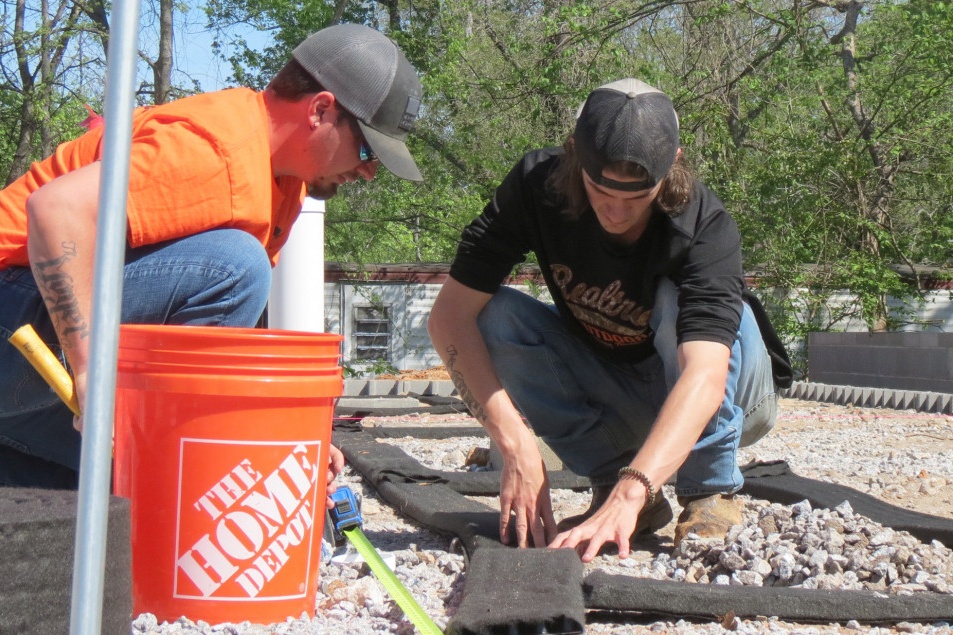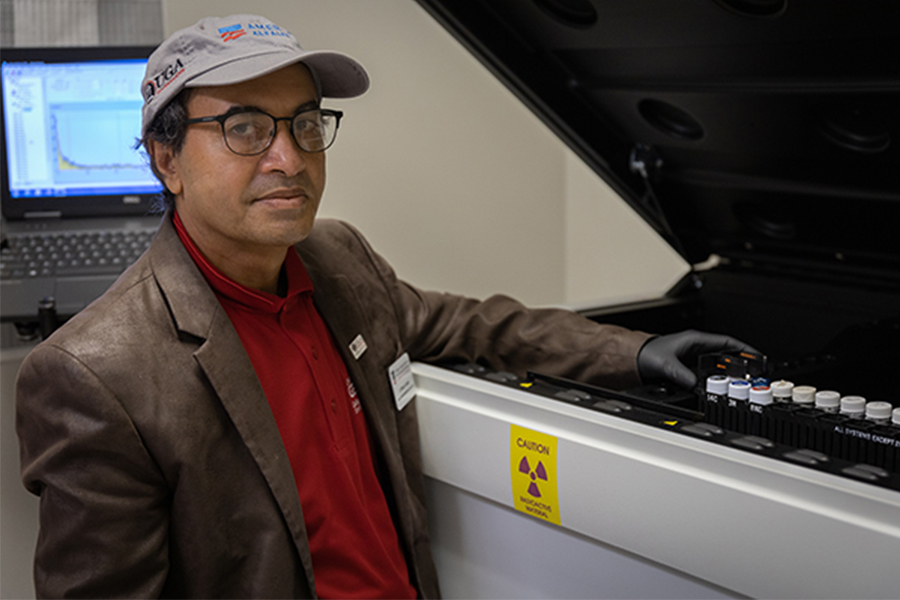For many Georgians, the ritual preparations for freezing temperatures and possible snowfall include a trip to the grocery store to stock up on milk, bread and other basics. But University of Georgia experts say to keep in mind that frost, ice and snow often result in loss of power. Without power to keep appliances working, food stored in refrigerators and freezers can quickly begin to go bad.
As Georgians prepare for freezing temperatures and possible snowfall, University of Georgia experts say to keep in mind that frost, ice and snow often result in loss of power. Without power to keep appliances working, food stored in refrigerators and freezers can quickly begin to go bad.
"Ideally, when the power goes out, the first thing you should do is place a refrigerator/freezer thermometer in the freezer, if there isn't one already in there," said Elizabeth Andress, a food safety specialist with University of Georgia Cooperative Extension.
The recommended temperature for food storage in refrigerators is 40 degrees Fahrenheit or colder. If the freezer stays as cold as the refrigerator, many foods will be safe to use or refreeze, Andress said.
To help protect once-frozen foods, buy dry ice and place it in the freezer.
"A 50-pound block of dry ice will protect food in a 20-cubic-foot freezer for three to four days," Andress said.
The amount of food in the freezer also determines, in part, how long the food will stay frozen. The fuller the appliance, the longer the food will stay frozen while the power is off.
If it's packed full and remains closed, Andress said, the freezer will hold its temperature for about 48 hours. If it's half-full, it will hold its temperature for about 24 hours.
"The question of safety becomes a bigger issue the longer you're without power," she said.
If the freezer temperature rises above 40 degrees, perishable foods should be thrown away. Different foods show specific signs of when they should be kept or discarded.
Meat and poultry - If the freezer stays 40 degrees or lower, meat and poultry may be refrozen if it has no signs of spoilage, like bad odor and off color.
Dispose of food that shows any sign of spoilage or if the freezer or food has reached more than 40 degrees. If you don't have a thermometer, refreeze only meat or poultry that still contains ice crystals.
If any foods in the refrigerator or freezer have come in contact with raw meat juices, throw them away.
Shellfish, vegetables and cooked foods - If the freezer maintains a temperature of 40 degrees or below or if the food still has ice crystals, it may be refrozen; otherwise, discard it. If any vegetables show signs of spoilage, throw them out, regardless of temperature.
Fruits - If the fruit doesn’t show signs of spoilage, you may safely refreeze it. Fruits have the least amount of quality damage during thawing. However, the texture won't be the same after refreezing. Thawed fruits may be used in cooking or making jams, jellies or preserves.
Ice cream - Throw out ice cream if it's partially thawed. Freezer or ice cream temperatures higher than 40 degrees could cause ice cream to be unsafe.
Creamed foods, puddings and cream pies - These products are safe to refreeze only if the freezer has stayed at 40 degrees or below. If it rises above 40, discard them.
Breads, doughnuts, cookies, cakes and nuts - These items may be refrozen as long as they show no signs of mold growth. They typically refreeze better than most foods.
While refrozen food is safe to eat if you follow these tips, you may need to offset some degree of quality loss by using it sooner than you may have originally planned.
You can also choose to prepare the foods that have begun to thaw.
"First make sure the food has maintained a temperature of 40 degrees or below. And use it within two to three days," Andress said. "Treat it as if you had been deliberately thawing it in the refrigerator."
For more information on food safety topics, contact your local UGA Extension office at 1-800-ASK-UGA1.




.png)


.png)
